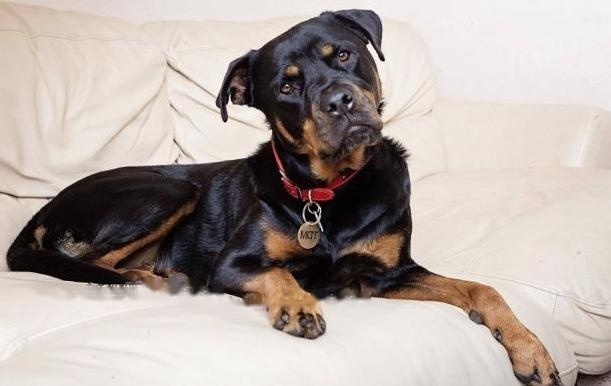All puppies are marked with different colored spots so you can distinguish them from each other. Prepare a list and note for each puppy the different characteristics of their personality. The person to be tested must be completely new to the puppy, and the place to be tested needs to be a new place. When you are faced with testing a litter of puppies, the puppies have to be tested individually one after the other. The breeder of the puppy must keep a sufficient distance from the dog that the puppy can neither see him nor hear him or smell him.

The tested puppy will be brought to the battlefield by the tester. After the tester puts down the puppy, he immediately steps back a few meters. Go back and watch. The ideal puppy will immediately start exploring new places, while the puppy that starts crying or desperately stays put and circles helplessly is not.
The next step is for the subject to sit on the ground and call the puppy in a friendly voice. The way the puppy runs is crucial, is it spontaneous and confident when it comes? Or is it uncertain or even sneaky.
Further Tests
At this point, the tester needs to quiet the puppy before lifting it up for the next test. Turn the dog over and turn his back to the ground, then press the position of his chest and stomach with the palm of his hand, and exert enough force. Subjects were not to play with the pup but just hold its stomach. It's a delicate test, because both the dominant puppy and the timid and panic-stricken pup will try to reach their paws as quickly as possible. You have to look carefully at the difference between a dominant puppy and a fearful puppy. Most puppies will stay on their backs for a long time without moving, which is actually an unnecessary negative attitude. After this test, the tester should calm the puppy through play.
The next step is to find a round prop that is quite heavy for the puppy, which can be plastic or iron (a gong wire knife, or iron water pipe), and pass it through. Move the prop and tease to get the puppy's attention. Once the puppy starts chasing and looking for the prop, throw the prop up to 1 meter away. The dog that sticks to the prop and takes it back to the tester (after the tester starts calling the puppies) is the good dog. Those who let props fall several times or have no interest in props at all are bad.
Psychological test
The next test is to use noise and unfamiliar props to test the self-confidence of the puppy. The tester needs a large plastic bag Or an item box with a noise that he needs to let the rottweiler puppy fall to the ground near the puppy when it's not paying attention. This requires an item that makes a lot of noise, like a car horn, a cranked engine, or something completely unfamiliar to puppies anyway. The puppy may be frightened for a while, but should regain his composure soon, he needs to have an interest in exploring this unknown object. The puppy that goes straight to the new thing right away is fine, and the puppy that starts to panic after being terrified is not for high-end sports.
The final test is about tolerance, a trait important to every puppy. The tester takes the puppy to play with it for a while. When the puppy has been put into the game, the tester lifts his foot to step on the puppy (with a force strong enough to make it cry), and then strokes it. Puppies that run away immediately and refuse to come back are not good dogs. In addition, they are too strong, start defensive, and even attack the tester. The trait of tolerance is important for all kinds of training in the future.
After all the above tests are completed, each test will be scored separately, and the result of selecting puppies will be produced. A good, careful breeder should be able to estimate the test scores before the test, because he is watching the puppies grow up. But no breeder will guarantee the puppy's future performance, this is only an assessment of the current quality of the puppy. After puppies are selected, each will enter a different living environment and grow up under different management styles, which will affect the development of the puppy's character.
![[Dog Training 5] The training method of pet dog dining etiquette](/static/img/12192/12192_1.jpg)




